Tried Every Diet Plan to Lose Weight and Still Stuck? This One Focuses on What Matters
Tried every diet plan to lose weight and still seeing no progress? Discover a sustainable, science-backed approach that focuses on what truly matters—balanced nutrition, portion control, and long-term results.
You’re not lazy. You’re not broken. You’ve just been following the wrong diet plans.
If you’ve jumped from one meal plan to another, skipped carbs, counted every calorie, or lived off soup and salad — only to see the scale stay still — you’re not alone. Most “quick fix” diet plans to lose weight focus on restriction, not results.
Truth is, weight loss isn’t about starving yourself or copying someone else’s routine. It’s about understanding how food affects your body — your blood sugar, your energy, your cravings — and building a diet plan that supports your life, not fights it.
This article breaks it down simply. We’ll show you exactly what a smart, sustainable diet plan to lose weight looks like — one that includes balanced nutrition, supports your goals, and actually fits into your day. No gimmicks. Just what matters.
Why Weight Loss Starts with a Structured Diet Plan Approach

When it comes to losing weight, random eating or skipping meals rarely works. What you need is structure — a clear, flexible plan that supports your health. A good diet plan isn’t about eating less, it’s about eating right. That includes knowing what to eat, when to eat, and how much to eat.
And this matters even more when you're following an Indian diet plan, where carbs and rich foods can easily sneak in. Let’s break down why structure makes all the difference.
1. Helps Regulate Blood Pressure Through Consistent Nutrient Intake
Your blood pressure depends on more than just salt — it’s also about what nutrients you get throughout the day. A smart diet chart helps you balance your meals and manage your intake with care.
-
Eating regularly with the right mix of healthy fats, protein, and fiber supports heart function
-
Including foods like chicken breast, chia seeds, and fresh fruits can help control sodium levels
-
Most processed foods are high in salt and unhealthy oils, which raise blood pressure over time
A structured diet removes the guesswork and helps your body stay steady.
2. Ensures Balanced Nutrition, Not Just Calorie Cutting
Most people focus only on cutting calories. But without balanced nutrition, you might lose strength, not fat. You need to fuel your body with nutrient rich foods to stay active and healthy.
-
Add healthy fats from nuts, seeds, and olive oil to support brain and hormone health
-
Use whole grains like brown rice instead of refined carbs to avoid sugar spikes
-
Avoid processed foods and focus on whole foods like legumes, vegetables, and lean meats
This kind of balance helps you build a healthy diet that works for real life.
3. Supports a Sustainable Diet Plan for Weight Management
Weight loss isn’t a one-week event — it’s a habit. A clear plan makes it easier to stick to your goals. With an Indian diet plan, it's important to create a routine that includes traditional foods but limits excess oil, sugar, and fried snacks.
-
Create a diet chart for weight with daily meals using local ingredients
-
Keep portions in check and repeat meals you enjoy for simplicity
-
Focus on a sustainable diet plan instead of chasing trends
Over time, small wins lead to a healthy, stable lifestyle.
4. Reduces Decision Fatigue and Emotional Eating Triggers
Making food choices every day can wear you out. That’s why a meal plan helps — it saves your energy and reduces chances of emotional or late-night snacking.
-
Use a diet chart to prep meals ahead so you don't have to decide on the spot
-
Avoid ordering out or grabbing processed foods when you're tired or stressed
-
Choose healthy fats and fresh fruits for snacks instead of chips or sweets
This makes it easier to stay in control, especially during tough days.
5. Makes It Easier to Track Progress and Make Adjustments
Tracking helps you see results clearly. You’ll know what’s working and where to improve — without starting from scratch.
-
Use a chart for weight loss to log meals, snacks, and physical changes
-
Adjust your diet chart for weight weekly based on how your body responds
-
Planning helps reduce processed food intake and increases portion control naturally
With a clear structure, your weight loss journey becomes more focused and less frustrating.
Start Your Balance Bite Journey Today
Balanced Diet vs Fad Diets: What Actually Works for Weight Loss
Fad diets promise fast results but often leave you tired, hungry, and right back where you started. A balanced diet, on the other hand, focuses on long-term health, steady progress, and sustainable weight loss.
Comparison Table: Balanced Diet vs Fad Diets
| Feature | Balanced Diet | Fad Diets |
|---|---|---|
| Focus | Long-term health and weight management | Quick weight loss, often unsustainable |
| Nutrient Intake | Includes all essential nutrients and food groups | Cuts out entire groups (like carbs or fats) |
| Energy Levels | Steady and balanced throughout the day | Fluctuates due to restrictive eating |
| Examples | Indian diet plan, Mediterranean, whole food-based | Keto, detox cleanses, cabbage soup diet |
| Results | Gradual, healthy weight loss | Rapid weight drop followed by weight gain |
| Food Variety | Encourages whole grains, veggies, lean protein | Very limited choices, often bland |
| Sustainability | Easy to follow long-term (sustainable diet plan) | Hard to maintain; leads to burnout |
| Health Risks | Supports overall health | May cause nutrient deficiencies and low energy |
Unlike fads, a balanced diet fits into your life, not the other way around. It helps you build healthy habits instead of chasing unrealistic promises.
Blood Sugar and Weight: How Diet Affects Insulin and Cravings

When you eat foods high in sugar or refined carbohydrates, your blood sugar spikes. That makes your body release more insulin — a hormone that helps store fat. If this happens often, it becomes harder to follow any plan for weight loss because your body keeps holding on to fat.
Eating the right kind of food keeps your blood sugar steady and reduces cravings.
-
Choose fibre rich foods like lentil soup, leafy greens, or vegetable stir fry
-
Go for balanced meals instead of just cutting calories
-
Avoid fried foods, sugary drinks, and snacks made from white flour
Poor eating habits can also raise your risk of heart disease, especially if combined with unhealthy fats and lack of activity.
Good food choices don’t have to be boring. You can eat smart and still enjoy tasty foods.
-
Try a low carb diet a few times a week with options like grilled fish or stir fried tofu
-
Drink green tea or green tea warm water in the morning to help with digestion
-
Make room for healthy snacks like boiled eggs or fresh fruit salad
Keeping blood sugar stable not only helps with cravings, it also boosts metabolism and improves energy and nutrient absorption. That’s why it’s a key part of any smart weight loss diet or weight loss plan.
Want even more options? Try dishes like mixed vegetable curry, sautéed veggies, or a light mediterranean diet — all packed with essential vitamins and healthy food choices.
Diet Chart for Weight Loss: Customized Plans for Different Body Types
Here’s a clear, practical, and customizable diet chart for weight loss based on body type and activity level. It’s designed to help readers eat balanced, stay full, and lose fat—not just weight—without starving or skipping nutrition.
This chart assumes:
-
Goal: Healthy weight loss (~0.5 to 1 kg/week)
-
Based on Indian diet with common, affordable ingredients
-
Built for three categories: Sedentary, Moderately Active, and Active body types
-
Includes portion control, balanced nutrition, and low in processed foods
Take the First Step with Balance Bite
1. Sedentary Body Type (Desk job, minimal movement)
| Time | Meal | Options / Notes |
|---|---|---|
| Morning | Warm water with green tea | Aids digestion and reduces bloating |
| Breakfast | 1 bowl vegetable soup + 1 boiled egg or stir fried tofu | Add leafy greens, black pepper, little salt |
| Mid-Morning | 1 fruit | Fresh fruit salad or apple/orange |
| Lunch | 1 cup brown rice + dal + 1 cup sautéed veggies | Avoid ghee; add salad with lemon |
| Snack | Green tea warm water + handful of almonds | Replace chips with healthy snacks |
| Dinner | 1 bowl lentil soup + steamed veggies or 1 roti + paneer | Light, high-fiber, no fried foods |
| Optional | 1 cup low fat milk or herbal tea (if hungry) | Small, clean option to curb late-night cravings |
2. Moderately Active (Light exercise 3–4 times a week)
| Time | Meal | Options / Notes |
|---|---|---|
| Morning | Green tea + soaked chia seeds (1 tbsp) | Helps curb cravings and manage blood sugar |
| Breakfast | 2 boiled eggs / paneer toast + fruit | High-protein, easy digest |
| Mid-Morning | 1 bowl vegetable stir fry or a banana | Light and full of essential vitamins |
| Lunch | 2 rotis + sabzi + dal + salad | Avoid unhealthy fats or creamy gravies |
| Snack | Roasted chana or sprouts with lemon | Fibre rich foods improve digestion |
| Dinner | 1 bowl quinoa or 2 rotis + grilled veggies + curd | Add olive oil in cooking (minimal) |
| Optional | 1 glass low fat buttermilk | Aids digestion, keeps you full |
3. Active Body Type (Daily workouts, high stamina)
| Time | Meal | Options / Notes |
|---|---|---|
| Morning | Green tea + banana + soaked almonds | Natural energy boost |
| Breakfast | Oats with milk + seeds + fruit | Nutrient rich foods and steady energy |
| Mid-Morning | 1 boiled egg or protein shake + 1 apple | Supports high protein diet needs |
| Lunch | 2 rotis + sabzi + dal + 1 grilled chicken breast / tofu | Balanced in calorie intake, protein, fiber |
| Snack | Greek yogurt + chia seeds + flaxseeds | Keeps you full till dinner |
| Dinner | Brown rice / quinoa + mixed vegetable curry or grilled fish | Use whole foods, avoid refined carbs and sauces |
| Optional | 1 tsp peanut butter or small fruit | Night craving control |
Notes for All Body Types:
-
Drink 2–3L water daily
-
Eat slowly — practice portion control
-
Avoid sugary drinks, sodas, processed snacks
-
Include whole grains, healthy fats, and balanced meals
-
Skip low fat diets that lack essential nutrition
-
Use this as a flexible weight loss plan — not a strict rulebook
Make Balance Bite Your Daily Habit — Try It Now
Daily and Weekly Meal Tracking Tools
Keeping track of what you eat every day helps you stay on course with your weight loss goals. The right daily and weekly meal tracking tools make it easy to plan, monitor, and adjust your diet without guesswork.
1. Food Diary Apps (e.g. MyFitnessPal, Cronometer)
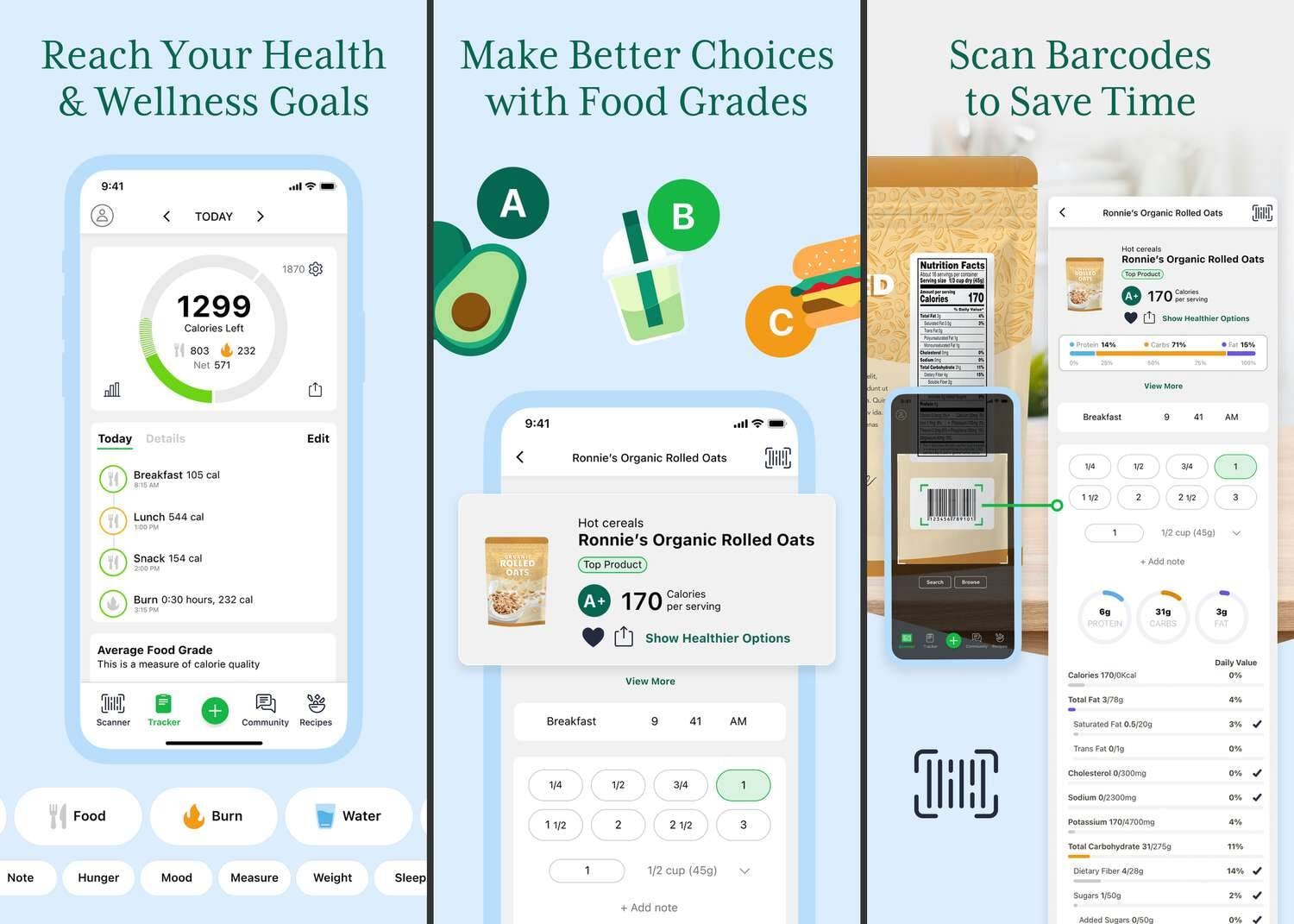
Food diary apps make it easy to log everything you eat and drink in real time. They help you stay on track, understand your habits, and choose more healthy foods daily.
1.1 MyFitnessPal
This app lets you track your meals, calories, water, and exercise all in one place.
Great for beginners who want to understand their calorie intake better.
-
Tracks calories, macros, and nutrients
-
Huge database of foods
-
Barcode scanner for packaged items
-
Meal reminders
Best for: Anyone starting a weight loss plan or switching to a low carb diet
1.2 Cronometer
Cronometer focuses more on the quality of food than just calories.
It helps you track essential vitamins, minerals, and health benefits of each meal.
-
Tracks over 80 nutrients
-
Easy to log meals
-
Great for managing food sensitivities
-
Helps avoid nutrient gaps
Best for: Users interested in food intolerance test results or nutrient-focused planning
2. Printable Diet Chart Templates
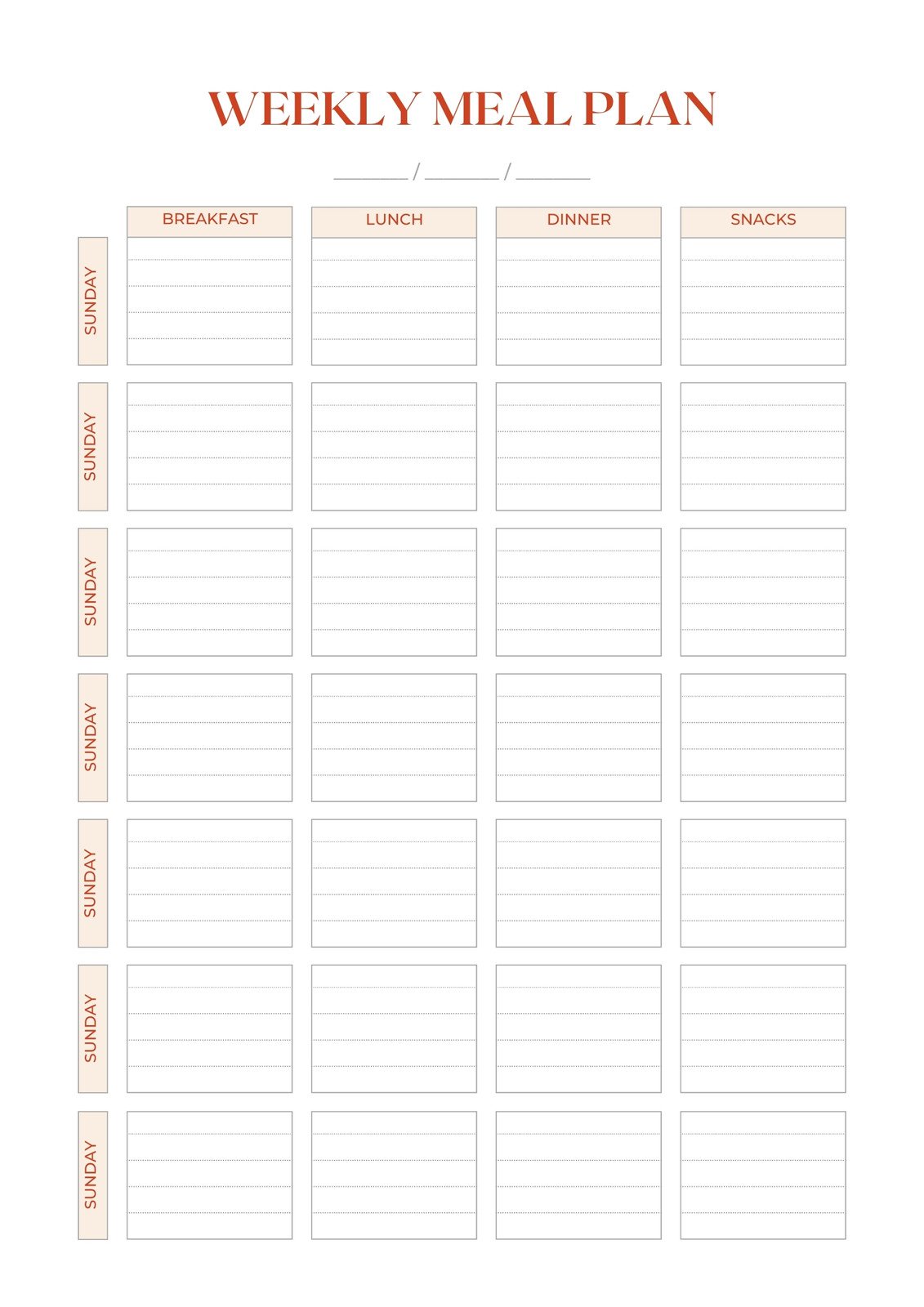
Printable templates give you a clear picture of your meals for the week. They help avoid last-minute food choices and keep your healthy foods in focus.
2.1 Canva Diet Chart Templates
These charts are simple to fill and easy to customize.
You can add photos, icons, or personal notes for each meal.
-
Drag-and-drop editor
-
Visual and colorful layouts
-
Printable or digital use
-
Reusable weekly format
Best for: Creative users or families planning a shared women mediterranean diet
2.2 Vertex42 Weekly Meal Planner
This Excel-based planner helps map out all meals and snacks for the week.
It brings structure and routine to your weight loss plan.
-
Simple Excel format
-
Includes grocery list space
-
Easy to print
-
Customizable sections
Best for: Busy users who prefer a fixed plan over apps
3. Smart Kitchen Scales

Smart kitchen scales take the guesswork out of food portions. They help manage calorie intake and reduce overeating from large servings.
3.1 RENPHO Digital Food Scale
This scale syncs with tracking apps to log your food easily.
It gives accurate weight for meal prep and macro tracking.
-
Syncs with mobile apps
-
Measures in grams, oz, ml
-
Tare function for container weight
-
Compact design
Best for: People on low carb diet men plans or doing portion control
3.2 Etekcity Nutrition Scale
Etekcity shows calories, protein, carbs, and fat for each food item.
It helps you stay within your daily target.
-
Built-in food database
-
Easy to clean surface
-
Quick conversion units
-
LCD screen
Best for: Anyone focusing on macros or tracking meals for health benefits
4. Habit Tracking Journals
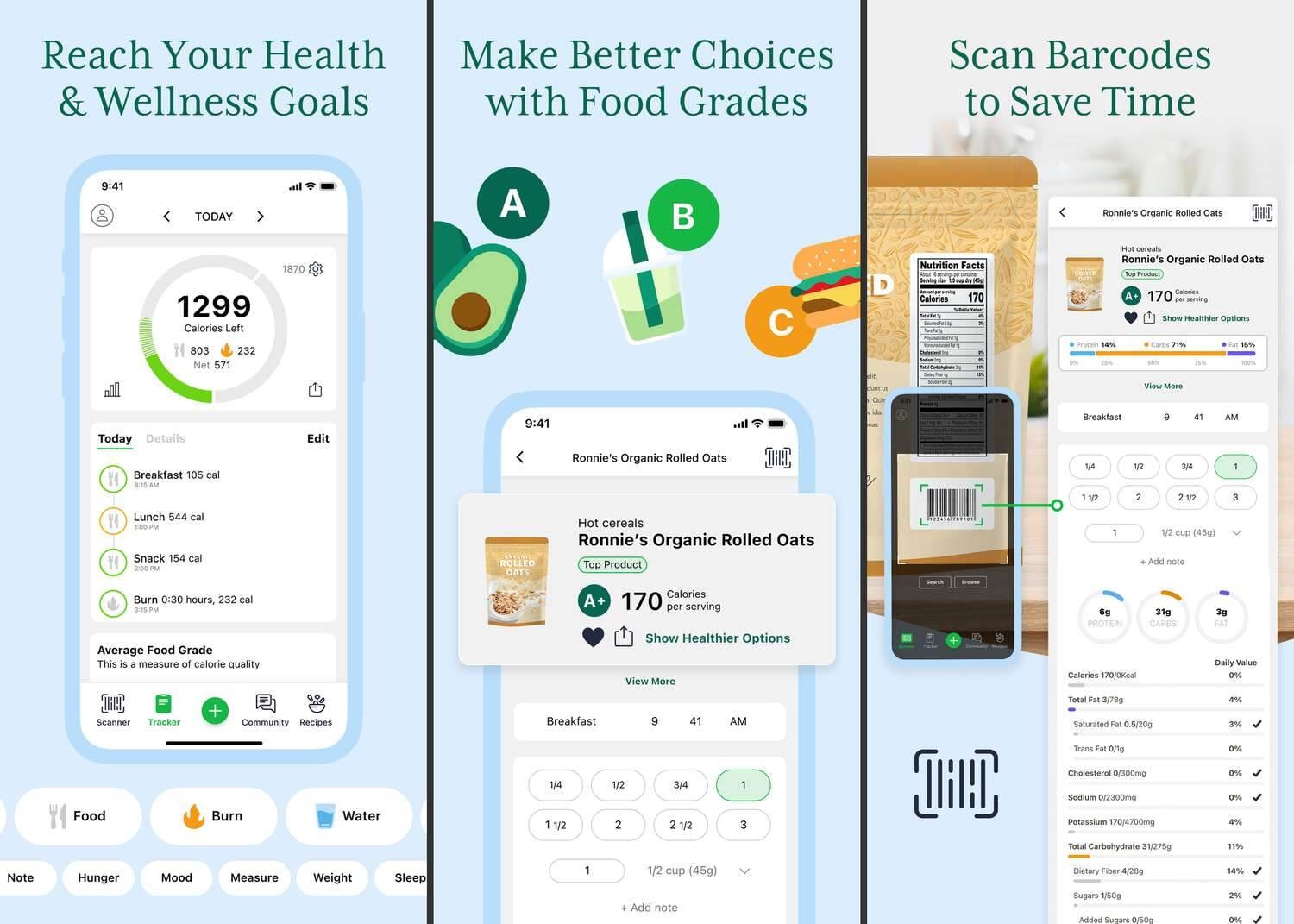
Habit journals help you build consistency with food, water, and sleep. They’re great if poor sleep increases cravings and you want more daily control.
4.1 Habit Nest Nutrition Sidekick Journal
It guides you through your food goals one day at a time.
You reflect on your habits and fix weak spots.
-
Morning and evening check-ins
-
Daily habit tracking
-
Motivational quotes
-
Progress tracking pages
Best for: People looking to change mindset and improve final thoughts losing weight
4.2 Clever Fox Wellness Planner
This planner tracks meals, water, mood, and sleep in one layout.
It shows how daily habits affect eating.
-
Daily food log
-
Mood and energy rating
-
Weekly review pages
-
Goal setting section
Best for: Users who want to link food to feelings and avoid unhealthy food choices
5. Spreadsheet-Based Chart for Weight Loss
Spreadsheets help organize meals, calories, and trends in one place. They work well for tracking long-term habits and meal results.
5.1 Google Sheets Weight Loss Tracker Template
A free, editable tool for tracking progress over weeks.
You can set goals, log weight, and plan meals in one file.
-
Editable by phone or computer
-
Add charts or notes
-
Easy sharing with coach/dietitian
-
Custom goal setting
Best for: DIY planners and people managing a structured plan for weight loss
5.2 Microsoft Excel Meal Planning Template
This template is good for planning all meals by day and week.
It includes options for snacks and tracking healthy foods.
-
Simple layout
-
Separate snack columns
-
Easy to use for the whole family
-
Add favorite recipes
Best for: Meal planners doing batch cooking or prepping for the week
6. Wearable Devices with Food Logging
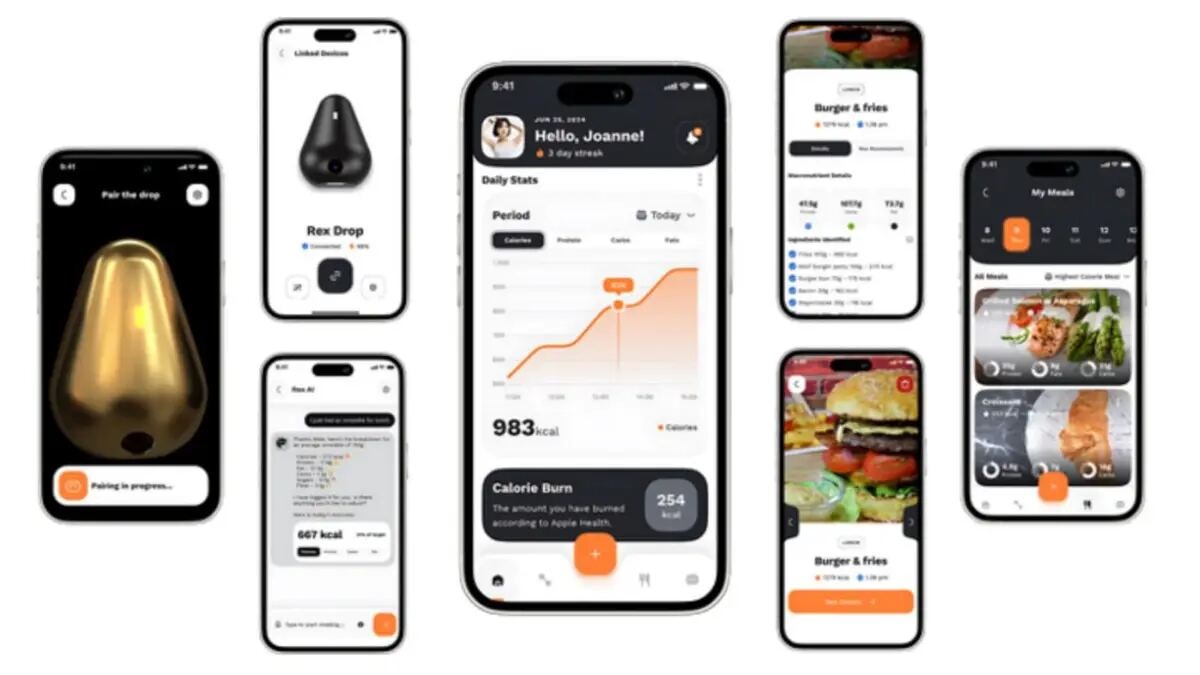
Wearables help you connect your food intake with your activity and sleep. They’re ideal for users who want a full picture of their health habits.
6.1 Fitbit with Fitbit App Food Log
The Fitbit app lets you track meals and activity together.
It helps adjust meals based on steps, sleep, and exercise.
-
Syncs food and fitness data
-
Sleep tracking
-
Daily summaries
-
Meal log reminders
Best for: Users looking to manage both food and energy and nutrient absorption
6.2 Apple Watch paired with MyFitnessPal
This combo lets you log meals from your wrist and track calories burned.
It creates a full loop of food, steps, and sleep.
-
Auto syncs with iPhone
-
Quick meal logging
-
Shows calories left per day
-
Tracks movement and water intake
Best for: Tech-savvy users aiming for precise weight loss diet tracking
7 Healthy Eating Habits That Support Long-Term Weight Management
Losing weight is one thing — keeping it off is where most people struggle. These simple habits can help you stay consistent, stay full, and make better food choices every day.
1. Prioritize Whole Foods Over Processed Options
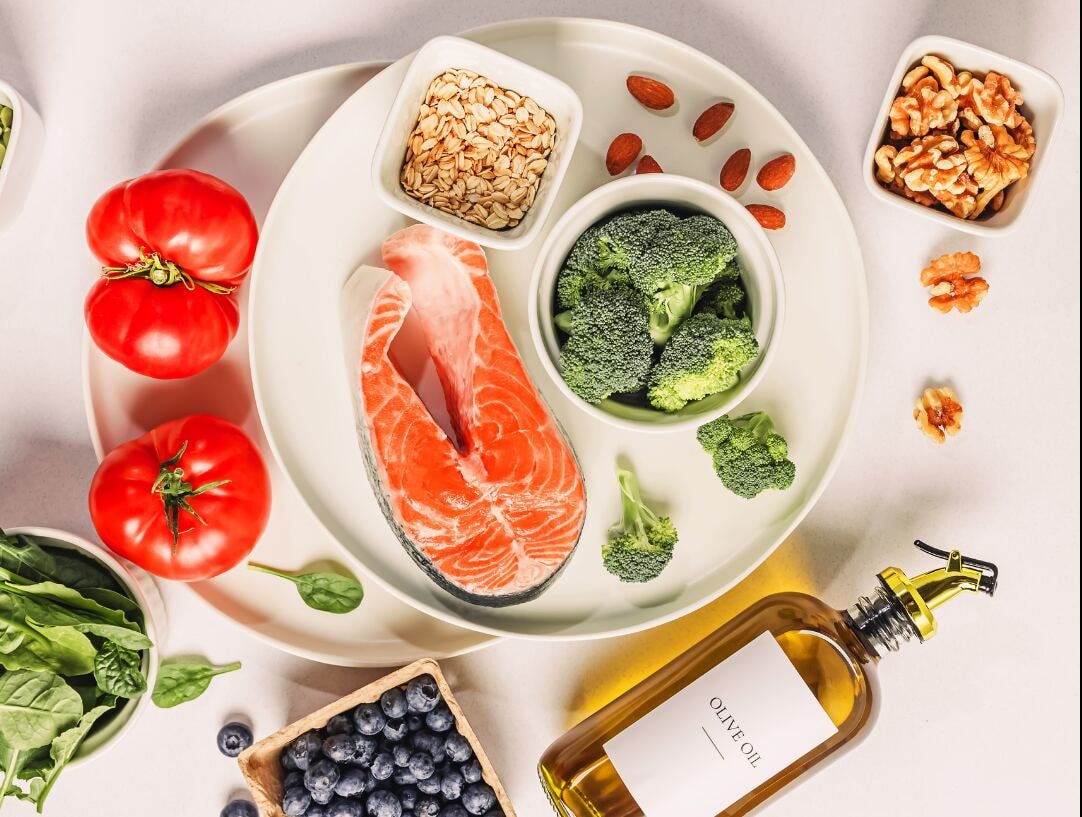
Whole foods are fresh and close to their natural form. They help you feel full longer and support steady weight loss.
-
Choose fruits, vegetables, legumes, and whole grains
-
Skip packaged snacks, sugary cereals, and frozen fried meals
-
Read food labels and avoid items with long ingredient lists
Processed food often contains extra sugar, salt, and unhealthy fats. That can lead to more cravings and slow down your progress.
2. Include Lean Proteins Like Chicken Breast in Daily Meals
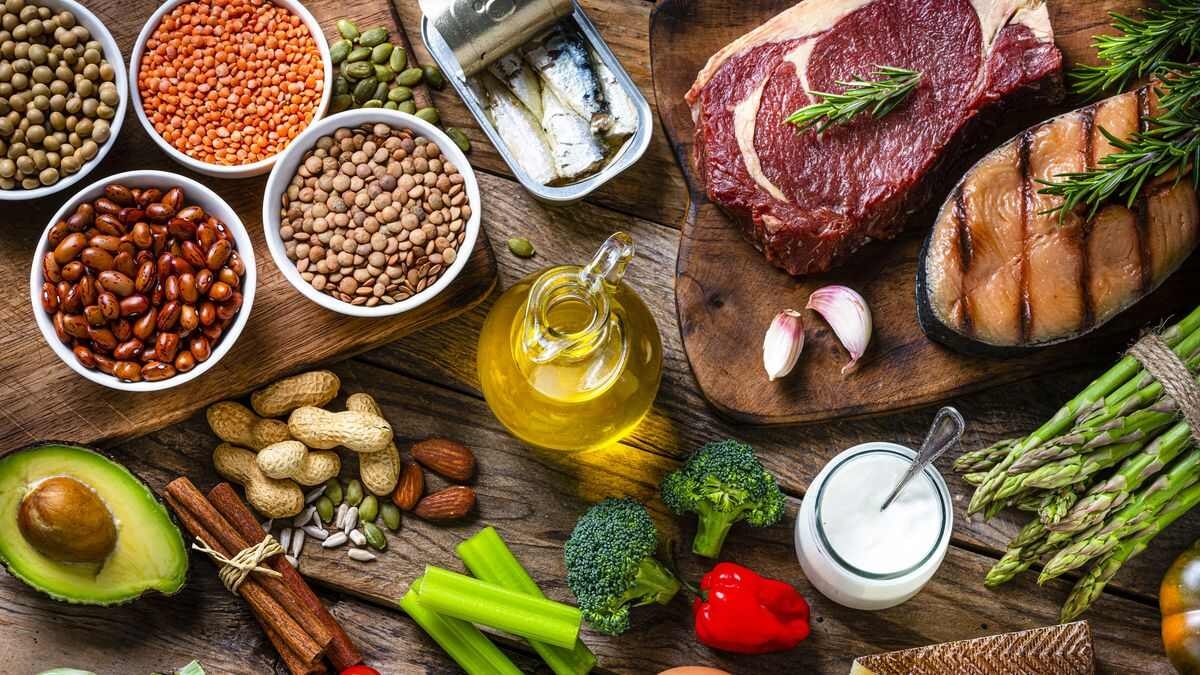
Protein keeps you full and supports muscle. Eating enough protein daily helps prevent weight regain.
-
Good sources include chicken breast, lentils, tofu, and eggs
-
Add protein to each meal — even breakfast
-
Helps manage cravings and boosts metabolism
When meals are low in protein, you often feel hungry sooner, which can lead to overeating later in the day.
3. Add High-Fiber Foods Such as Chia Seeds for Satiety
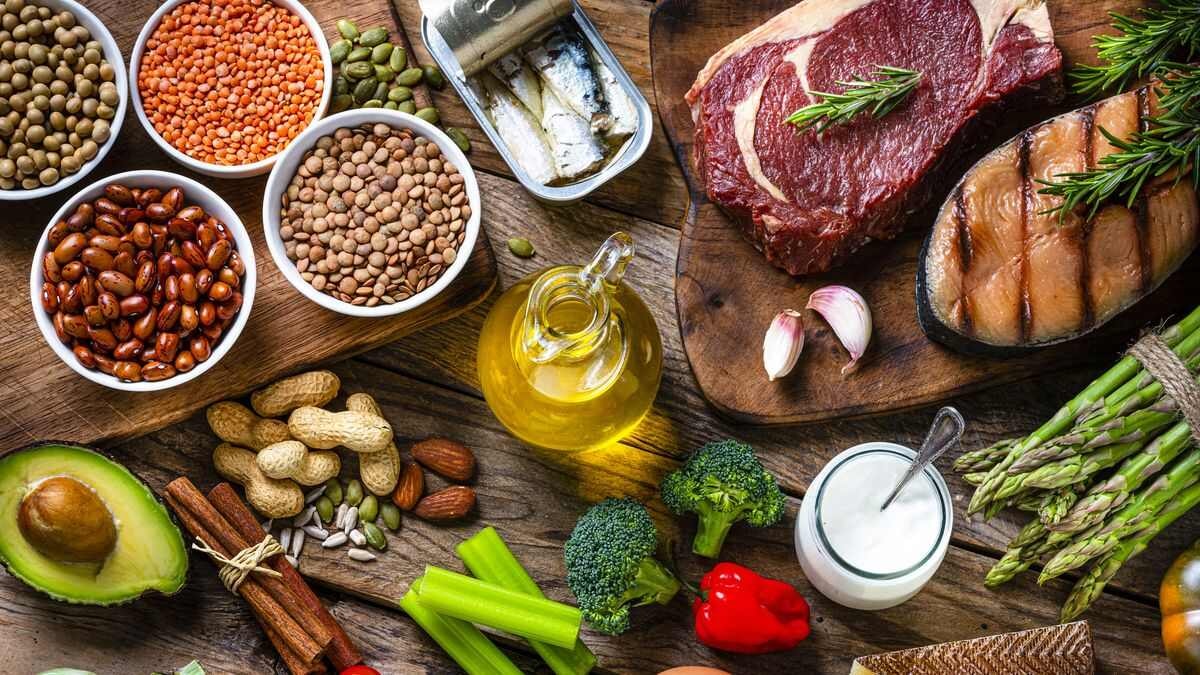
Fiber slows digestion and keeps you full for longer. It also helps balance blood sugar and improve digestion.
-
Add chia seeds to smoothies or curd
-
Eat leafy greens, oats, or fibre rich foods like beans
-
Try including lentil soup or stir-fried veggies in meals
Most people don’t eat enough fiber, which is why they often feel hungry even after eating a full meal.
4. Eat on a Consistent Schedule to Regulate Hunger Hormones

When you eat at different times every day, your hunger signals become irregular. A consistent routine trains your body to expect food at the right times.
-
Don’t skip meals, especially breakfast
-
Keep gaps between meals steady (e.g., every 3–4 hours)
-
Helps avoid random snacking or late-night eating
This habit also improves digestion and prevents blood sugar crashes.
5. Practice Portion Control Without Obsessing Over Calories
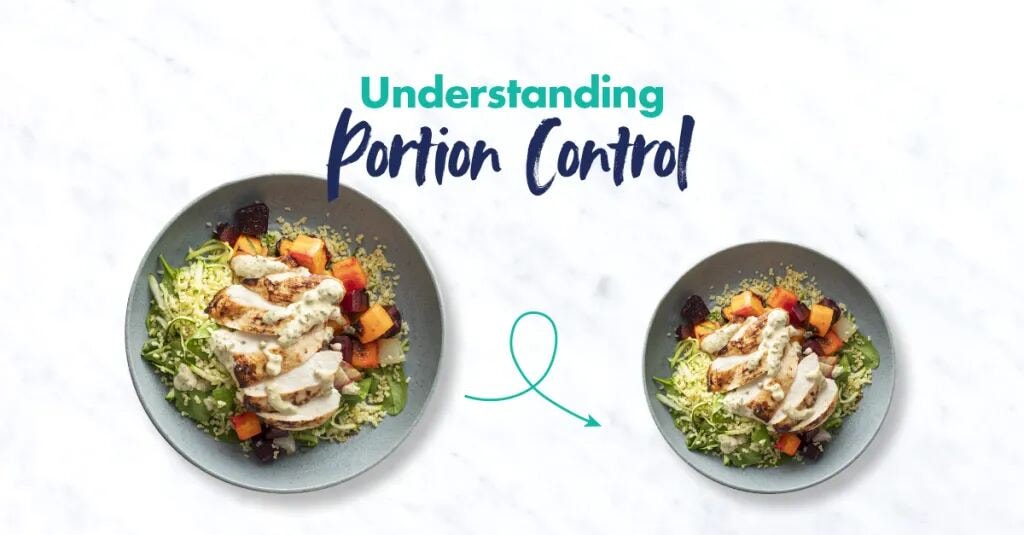
You don’t have to count every bite — just eat enough, not more. Portion control helps reduce extra calorie intake without the stress of tracking numbers.
-
Use smaller plates and bowls
-
Stop eating when you're 80% full
-
Avoid large servings of calorie-dense foods
This habit becomes easy once you’re aware of how much food you really need at each meal.
6. Hydrate Adequately and Limit Sugary Drinks

Water helps you digest food better, stay full, and avoid confusing thirst with hunger. On the other hand, sugary drinks add empty calories fast.
-
Drink 8–10 glasses of water a day
-
Replace sodas or juices with green tea or lemon water
-
Carry a bottle to remind yourself to sip often
Staying hydrated also reduces cravings and keeps energy steady.
7. Plan Meals Ahead to Avoid Impulse Eating
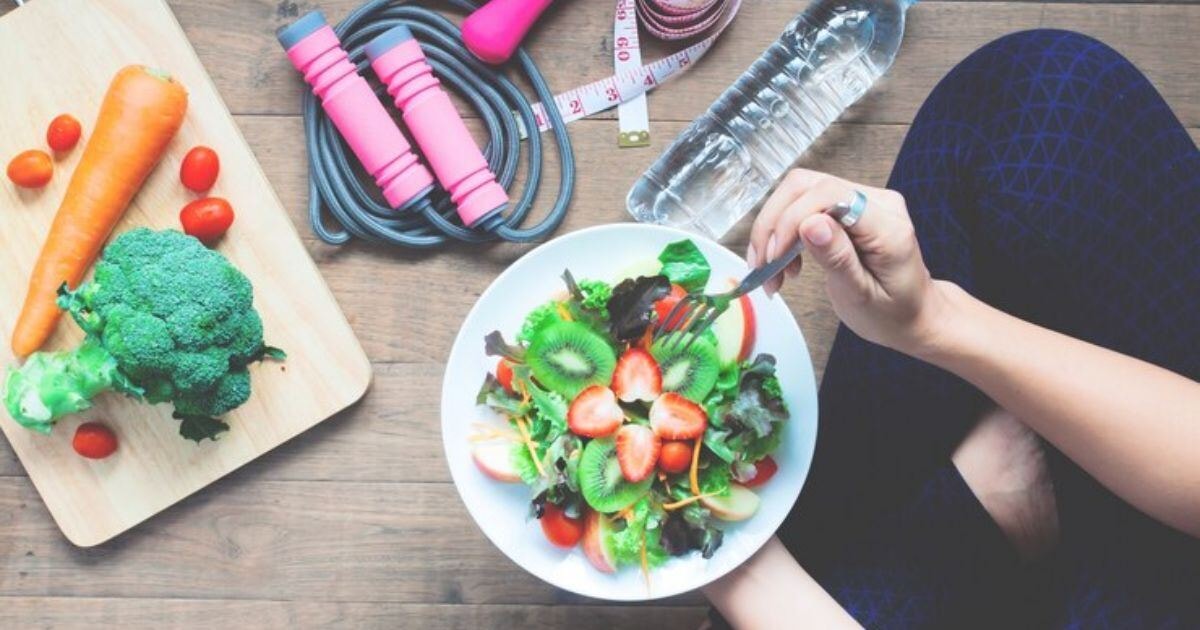
Planning meals saves time, reduces stress, and keeps your food choices clean. It’s easier to eat healthy when you already know what’s next.
-
Prep basic items like rice, dal, or mixed vegetable curry in advance
-
Keep healthy snacks like fruits or roasted nuts ready
-
Avoid last-minute decisions that lead to ordering junk food
Meal prep once or twice a week is enough to stay on track and save money too.
Conclusion
Now that you’ve made it this far, it means you’re not just browsing — you’re serious about making a change. And that matters more than any quick fix or perfect plan.
Your next step doesn’t have to be big. Just real. Pick one small habit, one simple meal, one mindful choice — and start there. The results will come, not because you rushed, but because you stayed consistent.
You’ve already taken the hardest step: not giving up. Keep going. You’re closer than you think.
Let Balance Bite Be Your Guide to Real Results




















Leave a comment
Translation missing: en.blogs.comments.discription